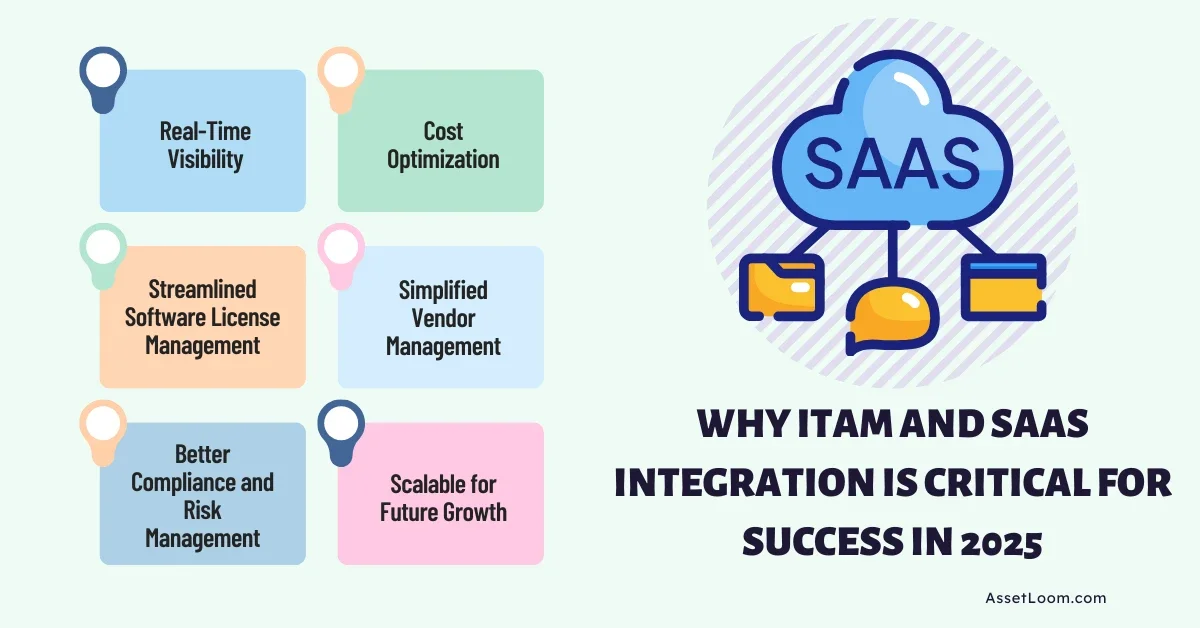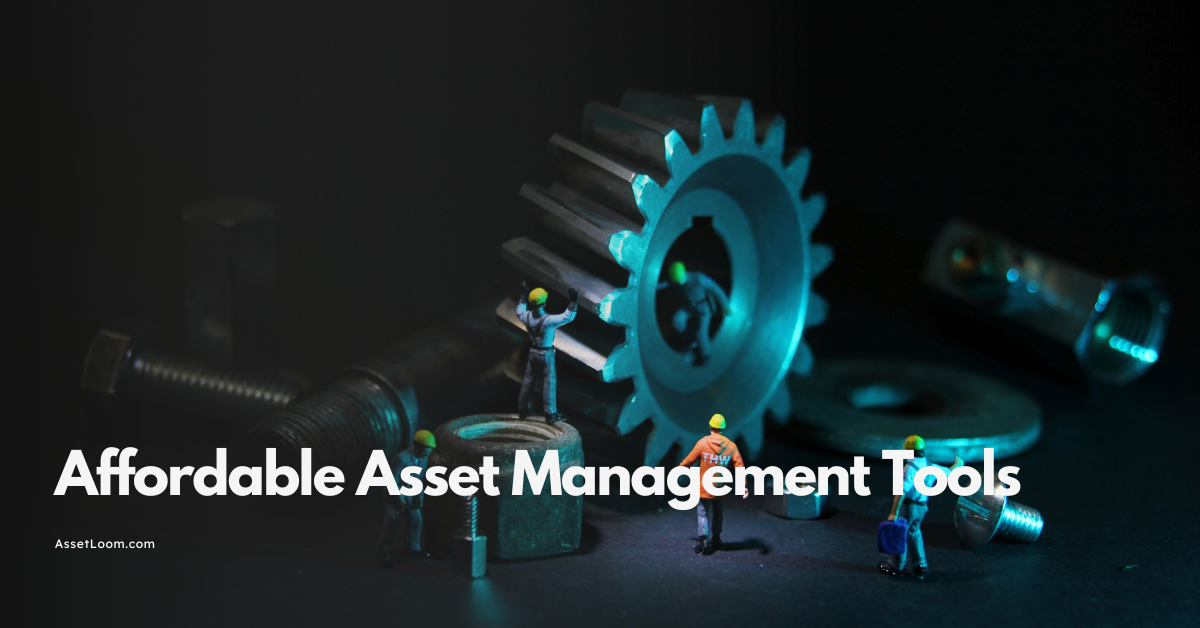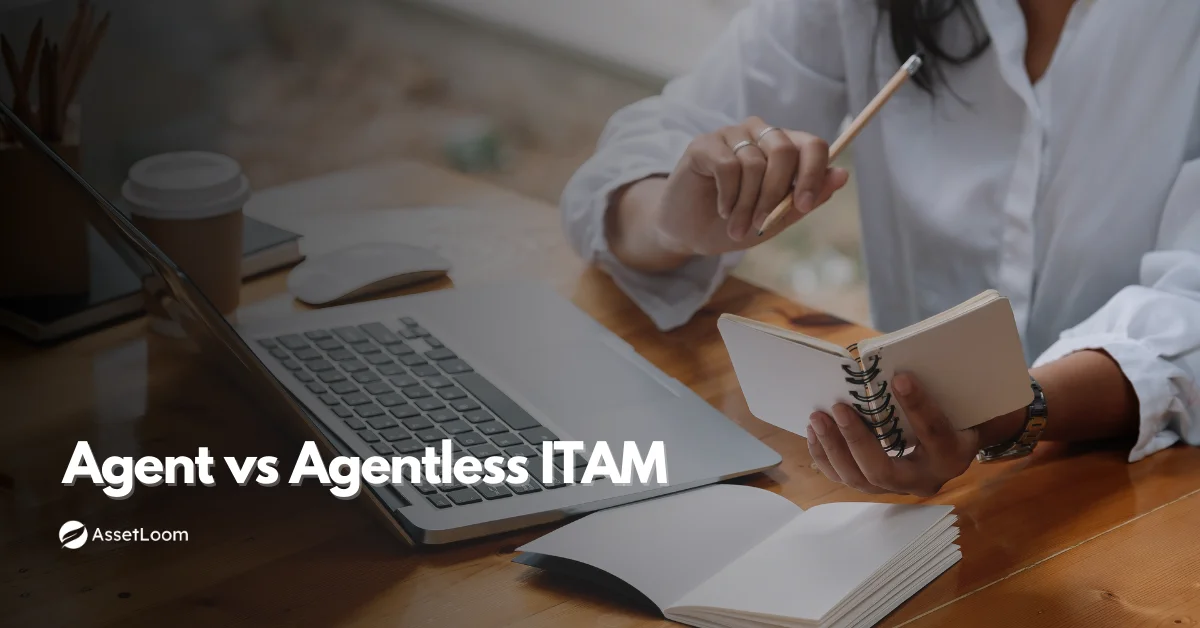ITAM and SaaS Management: What to Expect in 2025
In 2025, the integration between ITAM and SaaS tools will become even more crucial. Without seamless integration, organizations risk inefficiencies, compliance issues, and wasted budgets.
Managing IT assets used to be a straightforward task, you had your hardware, software licenses, and the occasional updates to keep track of. But fast forward to today, and with the explosive growth of SaaS (Software as a Service) solutions, the landscape has dramatically changed. Enterprises now rely on hundreds, sometimes thousands, of cloud-based tools. And while SaaS offers flexibility and scalability, it also presents new challenges, especially when it comes to managing these assets effectively.
For IT managers and asset management professionals, the task of tracking and managing SaaS applications is more complex than ever. As we look toward 2025, the integration between ITAM (IT Asset Management) and SaaS tools will become even more crucial. Without seamless integration, organizations risk inefficiencies, compliance issues, and wasted budgets. So, how do IT teams keep up?
In this blog, we’ll dive into the key trends shaping ITAM and SaaS management in 2025. Whether you’re currently facing challenges with managing your SaaS portfolio or just starting to think about how to integrate these tools with your ITAM systems, this post will help you understand what’s coming and how to stay ahead of the curve.
The SaaS Growth Surge: How ITAM Will Adapt to Growing Complexity
SaaS (Software as a Service) has exploded in popularity, and it’s only going to keep growing. By 2025, businesses will be using more cloud-based tools than ever before, from team communication apps to specialized software for every department. While this shift to SaaS makes work easier and more flexible, it also creates new headaches for IT managers.
In the past, managing IT assets was simpler you tracked physical devices and software licenses. But now, with so many different SaaS subscriptions to handle, IT teams have to stay on top of renewals, ensure they’re not overpaying, and make sure each tool is being used properly. It’s a lot to juggle, and keeping everything organized manually just isn’t going to cut it anymore.
As we approach 2025, IT asset management (ITAM) will have to change to keep up. The old ways of managing assets won’t work for SaaS, so IT teams will need better tools to get a clear picture of their SaaS subscriptions, track licenses, and make sure everything is being used efficiently. Without the right systems in place, it’s going to be harder to manage it all.
=> SaaS License Management Software: The Key to Efficient Software Management in 2025
Why ITAM and SaaS Integration Is Critical for Success in 2025
As businesses continue to adopt more SaaS tools, the need for seamless integration between ITAM (IT Asset Management) and SaaS systems is growing. Managing these tools separately can lead to inefficiencies, compliance risks, and overspending. In 2025, IT teams will need an integrated approach to keep up with the complexity of managing SaaS alongside traditional IT assets.

1. Real-Time Visibility
Without integration, it’s tough to know which SaaS tools are being used and which are underutilized. An integrated system provides real-time data on software usage, allowing IT teams to quickly spot unused licenses, unauthorized tools, or compliance issues.
For example, if an employee is using an unauthorized version of a SaaS tool or a tool is underutilized, an integrated system can immediately flag this. Instead of waiting for an annual audit or a manual check, you get ongoing insights that let you address issues as they arise.
2. Streamlined Software License Management
Managing SaaS subscriptions manually is time-consuming and error-prone. Integration allows IT teams to track renewal dates, active users, and license compliance from a single dashboard, eliminating the need for spreadsheets and reducing the risk of missing key contract details.
For example, many SaaS platforms offer different pricing models based on the number of users or the features activated. An integrated ITAM system will allow you to track the number of active users in real time and adjust your licenses accordingly, helping to avoid overpaying for features or subscriptions you don’t need.
3. Better Compliance and Risk Management
Compliance is a top concern for IT managers, and SaaS adds complexity. Without integration, it’s easy to overlook licensing agreements or miss compliance checks. An integrated ITAM system automatically tracks licenses and alerts you to any discrepancies, helping you stay ahead of audits and legal risks.
For example, imagine you’re about to undergo a compliance audit, and you realize your company is using a SaaS product that’s not properly licensed, or there’s a tool in use without a valid contract. With integrated ITAM and SaaS tools, these issues can be spotted early and addressed before they turn into costly fines or legal challenges.
4. Cost Optimization
SaaS can quickly become expensive if subscriptions aren’t managed properly. Integration helps IT teams optimize costs by identifying unused tools or duplicate software, allowing you to consolidate, downgrade, or cancel unnecessary subscriptions.
For instance, many businesses are paying for SaaS licenses they don’t fully utilize, or they have multiple similar tools in place. A comprehensive integration can help identify these redundancies, allowing you to consolidate and streamline your toolset, saving your company significant costs.
5. Simplified Vendor Management
Dealing with multiple SaaS vendors can be chaotic, especially with varying contracts and renewal dates. By integrating ITAM with your SaaS platforms, you centralize vendor and contract management, ensuring better oversight and smoother negotiations.
Additionally, integrating your ITAM system with SaaS platforms can give you better leverage during contract negotiations. With clear insights into usage data, you can approach your SaaS vendors armed with knowledge, enabling you to negotiate better terms, adjust for underutilized services, or take advantage of volume discounts.
6. Scalable for Future Growth
As your business grows, so will your SaaS needs. Managing a few tools is one thing; managing hundreds of subscriptions across various departments, teams, and regions is another. By integrating ITAM with your SaaS management tools, you’re setting yourself up for scalability. The same system that helps manage a small SaaS portfolio will grow with your company, ensuring that you can stay on top of software usage, compliance, and spending as your business expands.
SaaS Compliance and Security in 2025
As SaaS usage grows, managing compliance and security will become even more challenging by 2025. With evolving data privacy laws and rising security risks, IT managers will need to stay ahead of the curve.
- Keeping Up with Compliance Regulations
New data protection laws and industry standards will require constant attention. An integrated ITAM system will automatically track compliance, alerting IT managers to potential issues and ensuring all tools meet the latest legal requirements.
- Managing Security Risks
With SaaS tools storing sensitive data, they’re prime targets for cyberattacks. By 2025, IT managers will need real-time security monitoring to identify risks like unauthorized access or software vulnerabilities. An integrated ITAM system can help track security status and enforce policies across all SaaS tools.
- Ongoing Monitoring for Compliance and Security
Compliance and security require continuous effort. Automated ITAM systems that monitor usage and security protocols will help IT teams stay on top of potential issues, preventing costly problems before they arise.
Data Analytics for SaaS Management: Using Insights for Better ITAM Decisions
Data analytics is becoming essential for IT asset management (ITAM) as businesses rely more on SaaS tools. In 2025, using analytics to track software usage, costs, and performance will be key to making smarter decisions and optimizing your SaaS portfolio.
- Smarter Decision-Making
With analytics, IT managers can get a clear view of how SaaS tools are being used across the organization. This data allows you to make informed decisions on license allocations, budgeting, and identifying underused tools. It helps optimize both software portfolios and spending.
- Identifying Unused or Underutilized Tools
Data analytics helps identify unused or underutilized software, preventing over-licensing. By flagging these tools, you can cancel unnecessary subscriptions and save money without sacrificing productivity.
- Monitoring SaaS Performance and ROI
Beyond usage, analytics tools help assess the ROI of each SaaS tool. You can track performance, adoption rates, and user satisfaction to ensure your software investments are delivering value to the business.
- Forecasting Future Needs
Analytics also helps IT teams forecast future needs based on usage trends. By spotting these patterns early, you can proactively adjust subscriptions or plan for additional tools, avoiding disruptions and unnecessary costs.
By leveraging data analytics, IT teams can make more informed decisions, optimize SaaS usage, and better manage costs. In 2025, analytics will be crucial for keeping SaaS portfolios efficient, cost-effective, and aligned with business goals.
SaaS Compliance and Security in 2025
As SaaS usage grows, managing compliance and security will become even more challenging by 2025. With evolving data privacy laws and rising security risks, IT managers will need to stay ahead of the curve.
- Keeping Up with Compliance Regulations
New data protection laws and industry standards will require constant attention. An integrated ITAM system will automatically track compliance, alerting IT managers to potential issues and ensuring all tools meet the latest legal requirements.
- Managing Security Risks
With SaaS tools storing sensitive data, they’re prime targets for cyberattacks. By 2025, IT managers will need real-time security monitoring to identify risks like unauthorized access or software vulnerabilities. An integrated ITAM system can help track security status and enforce policies across all SaaS tools.
- Ongoing Monitoring for Compliance and Security
Compliance and security require continuous effort. Automated ITAM systems that monitor usage and security protocols will help IT teams stay on top of potential issues, preventing costly problems before they arise.
AI and Machine Learning in ITAM and SaaS Management
As technology continues to advance, AI and machine learning are starting to play a significant role in IT asset management (ITAM), especially in the world of SaaS management. By 2025, AI will be an integral part of ITAM systems, helping automate complex tasks, predict software usage patterns, and enhance decision-making.
- Automating Routine ITAM Tasks
AI and machine learning can take over many of the routine tasks that currently require manual effort, such as license reconciliation, usage tracking, and compliance monitoring. This means IT managers will have more time to focus on strategic initiatives instead of dealing with repetitive tasks.
- Predicting Software Usage and Needs
AI can also help predict future SaaS needs based on historical usage patterns. By analyzing how tools are being used over time, AI can forecast when additional licenses may be required, or when a tool is becoming less useful, helping IT managers make proactive decisions.
This predictive capability allows for more efficient resource planning and budgeting, ensuring you never run out of licenses or over-purchase software.
- Improving Cost Optimization
AI and machine learning can help optimize SaaS costs by automatically analyzing usage data and identifying opportunities to cut unnecessary spending. For instance, AI can recommend downgrading subscriptions for tools that aren’t being fully utilized, or consolidating multiple similar tools into a single, more cost-effective solution.
- Enhancing Compliance Monitoring
With the increasing complexity of SaaS contracts and licensing terms, AI can assist in compliance monitoring by constantly scanning contracts and usage data. AI-driven tools can automatically check for compliance with licensing terms, ensuring that your organization stays within the bounds of each agreement.
=> IT Asset Management Trends 2025: What IT Teams Need to Prepare For
Actionable Steps for IT Managers: Preparing Your ITAM Strategy for 2025
As we move toward 2025, the integration of ITAM and SaaS management will be crucial for IT managers to stay ahead. Here are some practical steps you can take now to prepare your ITAM strategy for the future.
- Invest in Integrated ITAM and SaaS Management Tools
The first step is to invest in ITAM systems that integrate seamlessly with your SaaS tools. These systems will provide real-time visibility into usage, compliance, and cost, making it easier to manage your software assets across the organization.
- Embrace Automation
Start exploring automation tools that can handle routine tasks like license tracking, renewals, and compliance checks. Automating these processes will save time, reduce errors, and help ensure that your SaaS management is more efficient.
- Start Using Data Analytics for Better Insights
Implement data analytics tools to track and analyze SaaS usage, performance, and ROI. This will help you make informed decisions on renewals, cost optimization, and software consolidation, ensuring you’re only paying for what you actually need.
- Focus on Compliance and Security
Make compliance and security a top priority by integrating automated compliance monitoring into your ITAM systems. Ensure your SaaS tools meet regulatory standards and are secure from potential threats. Continuous monitoring will help you avoid costly compliance issues and data breaches.
- Plan for Future Growth
As your company’s SaaS usage grows, your ITAM strategy will need to scale accordingly. Develop a flexible ITAM plan that can handle an expanding software portfolio, ensuring you stay in control as new tools are adopted.
Conclusion
As SaaS continues to reshape how businesses operate, the need for strong IT asset management (ITAM) strategies will only grow. By 2025, IT managers will be managing more complex software portfolios, navigating new compliance regulations, and leveraging emerging technologies like AI and automation to stay on top of everything.
The key to success will be integrating ITAM systems with SaaS management tools, embracing automation, and using data analytics to make smarter decisions. With these strategies, IT managers can reduce costs, ensure compliance, and streamline operations keeping their organizations ahead of the curve.
As we look to the future, IT managers who are proactive about adapting to these changes will be better equipped to manage the growing complexity of SaaS. Don’t wait until 2025 to start planning start integrating your ITAM and SaaS strategies today to stay competitive and secure.

Subscribe for Expert Tips and Updates
Receive the latest news from AssetLoom. right in your inbox


